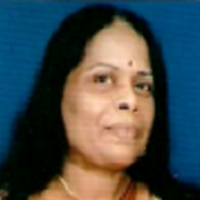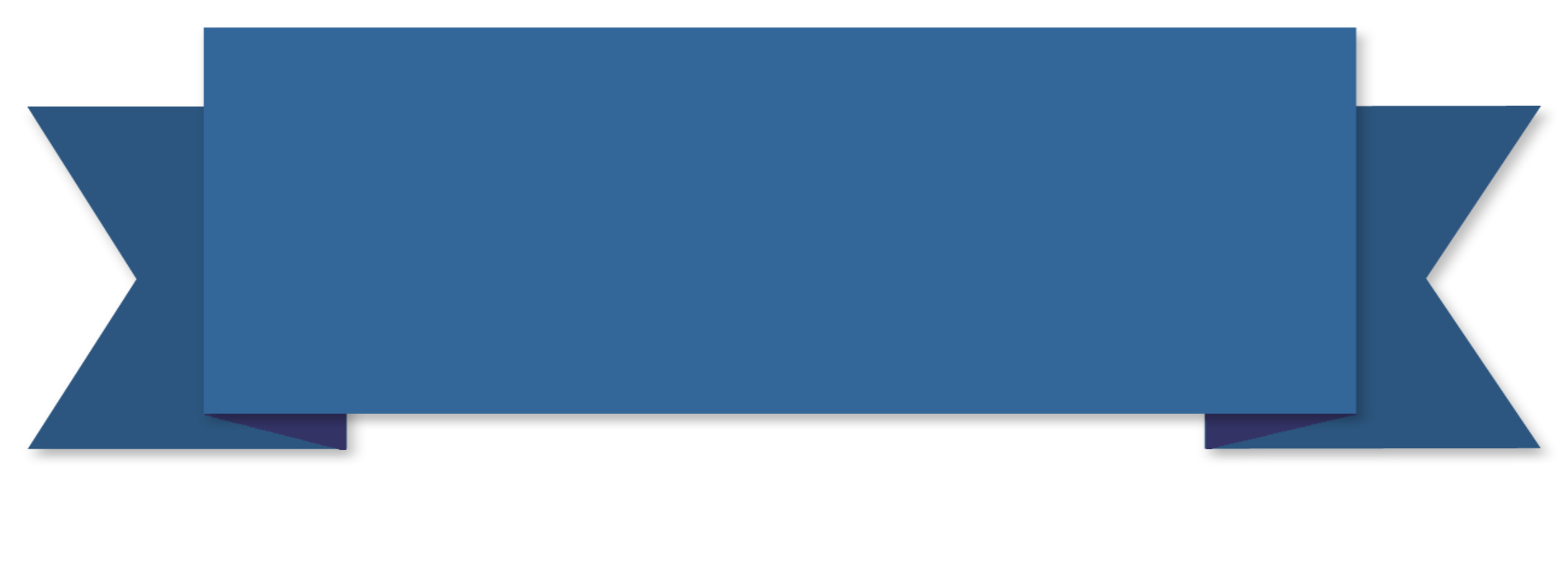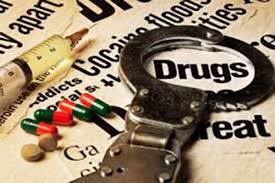Menace of growing drug addictions in India!
By M.Y.Siddiqui
Drug addiction has become a major curse of our times, a menace which threatens public health and results in the dissolution of human personality, promoting conditions for various forms of human degradation, whose consequences spread to crime, lawlessness and ruination of families. People using drugs are generally associated with violent crime, robbery and burglary and other forms of crimes. Social effects of drug abuses are a higher crime rate, declining health and depression for friends and family. According to latest official information, 82 percent addicts are incurring expenditure between Rs.200 to Rs. 2000 on their daily dose of drugs and the remaining 18 percent spend above Rs.2000 daily.
Under the Narcotic Drugs and Psychotropic Substances Act, 1985 (NDPSA), it is illegal for a person to produce, manufacture, cultivate, possess, sell, purchase, transport, store and/or consume any narcotic drug or psychotropic substance. Under this Act, Narcotics Control Bureau (NCB) was set up in 1986. Nevertheless, NCB has failed to check the fast growing drug addictions across the country. Central agencies like para-military forces, intelligence agencies, the Navy, the Coast Guards, State/Union Territory (UT) law enforcement agencies, police and excise personnel are there in full force to curb and eliminate the curse of drug abuses including its smuggling from across the country’s borders from the Golden Triangle of Myanmar, Laos and Thailand, which produce and cultivate in abundance opium and heroin and smuggle them through North-Eastern India and the Golden Crescent Crossroads comprising Afghanistan, Pakistan and Iran, known as Triangle of Death through which contraband drugs come largely to Jammu and Kashmir and Punjab and from there to entire North India. Drugs are also smuggled into India via ports, ferries, fisheries boats and some other sources.
It is learnt there is a well-knit nexus between drug mafia, drug peddlers and drug consumers. They together have formed nexus with entire official machinery of the Centre, States and Union Territories in controlling inflows of drugs, its distributions by drug mafia and all others in this business. There is a big money in illicit drug business., which in the lure of filthy lucre allow drug controlling agencies to soft pedal the issue of drug addictions across the country. Such rampant corruption cannot be checked, as there is deep-rooted collusion among all stakeholders. In such scenario of well-entrenched dirty drug business, no one is corrupt. If only the combined omnibus official machinery is strict along the borders of the country and inside, with the right supplemental cooperation of NGOs in the field the massive drug business, drug addictions can be checked to the advantages of the people at large. It is as simple as this.
Alcohol, cannabis, opium and heroin are the major drugs misused in India. Buprenorphine, propoxyphene and heroin are the most commonly injected drugs. Methamphetamine, the potent stimulant and one of the top ten drugs abused by teens, usually smoked, snorted or injected as a white powder, is highly addictive. A little more doze may result in instant death or death in hallucination. Methamphetamine, referred to as “meth”, like cocaine, can speed up the heart and produce hyperthermia or an abnormally high temperature. Drugs most frequently abused in India are cannabis, heroin and indigenously produced pharmaceutical cannabis drugs, often called, charas, bhang and ganja, are abused throughout the country as these have attained religious sanctity because of its associations with some deities. There is no way these drugs can be stopped.
Drug addiction and abuse have been steadily increasing and the problem is compounded by stresses of modern life, family problems, poverty, unemployment and social unrest. An example of drug misuse is when a person who cannot fall asleep after taking a single sleeping pill, takes another pill an hour later hoping that it will do the job. However, it is drug abuse when a person consumes sleeping pills to manage his/her moods or acquire a “buzz” or in worst-case scenario commits suicide. According to a survey on substance use in India, it was found that between December 2017 and October 2018, Uttar Pradesh had the highest number of people using drugs through intravenous methods. Punjab and Delhi followed with over 85,000 people injecting drugs. Highest percentages of rural drug abuses were in Goa (78 percent) and Punjab (77.5 percent). Highest percentages of urban drug abuses were in Mizoram (91 percent) and Meghalaya (90.7 percent).
However, as per Crime in India report 2020, Mumbai reported 3,309 cases under the NDPS Act, followed by Bengaluru 2,766 cases and Indore 998 cases. With more than 700 cases, Delhi and Kochi are among top five cities. According to the report, 62.5 million people use alcohol, 8.75 million cannabis, two million opiates and 0.6 million sedatives or hypnotics. Delhi and Mumbai rank among the world’s top cities with the highest rates of cannabis (marijuana or weed) consumption per year, according to a study by Seedo, an Israeli firm that sells devices to grow weed at home. Latest data of February 2023, reveals 72 lakh people need treatment for using cannabis, 11 lakh need treatment for using sedatives, 60 lakh for using opioids. There are 16 crore-alcohol consumers in India in 10-75 years group. Over 10 percent of the population suffers from psychiatric disorders including depression, neurosis and psychosis, 15 people out of every 1000 are drug users. Chronic alcohol addiction ranges from 25 out of 1000 people. Psychiatric and de-addiction bed availability is a meager 20 percent of the required number.
There are six types of drug dependencies in India based on the types of substance being abused. These are, alcohol, cannabis, hallucinogens, cocaine, opioids, and sedatives. Their effects are running nose to life threatening heart attacks or liver damage. United Nations World Health Organisation (WHO) has defined counterfeit drugs one that is deliberately and fraudulently mislabeled to its source and identity with wrong active ingredients. There are 100 million substance addicts in India as in November 2020, with 70 percent rise in narcotic consumption in the past eight years. According to WHO, 13 percent drug abuse victims in India are below the age of 20 years. Data in April 2023 points out about two percent India’s population uses opioids, heroin and pharmaceutical opioids, two percent of Indians between age 10 and 75 years consume cannabis in the form of bhang, ganja and charas. About 15.8 million children aged 10-17 years are addicted to substance. Sources of abuse are: peer pressure, physical and sexual abuse, early exposure to drugs, stress and parental guidance can greatly affect a person.
Nevertheless, drug addiction problems can be solved if only people know their triggers. They should avoid places where they know drugs and alcohol will be available. They must surround themselves with friends who do not use drugs. They must know how to resist temptations, learn how to cope with stress and relax without drugs. They should distract themselves with activities like exercises or listen to music. Still, menace of drug use can be controlled if only there is strict action from the police, the excise and narcotics department in close coordination with each other. In addition, education curricula should include chapters on drug addictions, its deleterious impact and also on de-addiction. Proper counseling is another alternative. Task is multifarious and challenging. Yet with well meaning concerted efforts of all stakeholders drug menace can be minimized, if not eliminated!
Powered by Froala Editor




LEAVE A REPLY